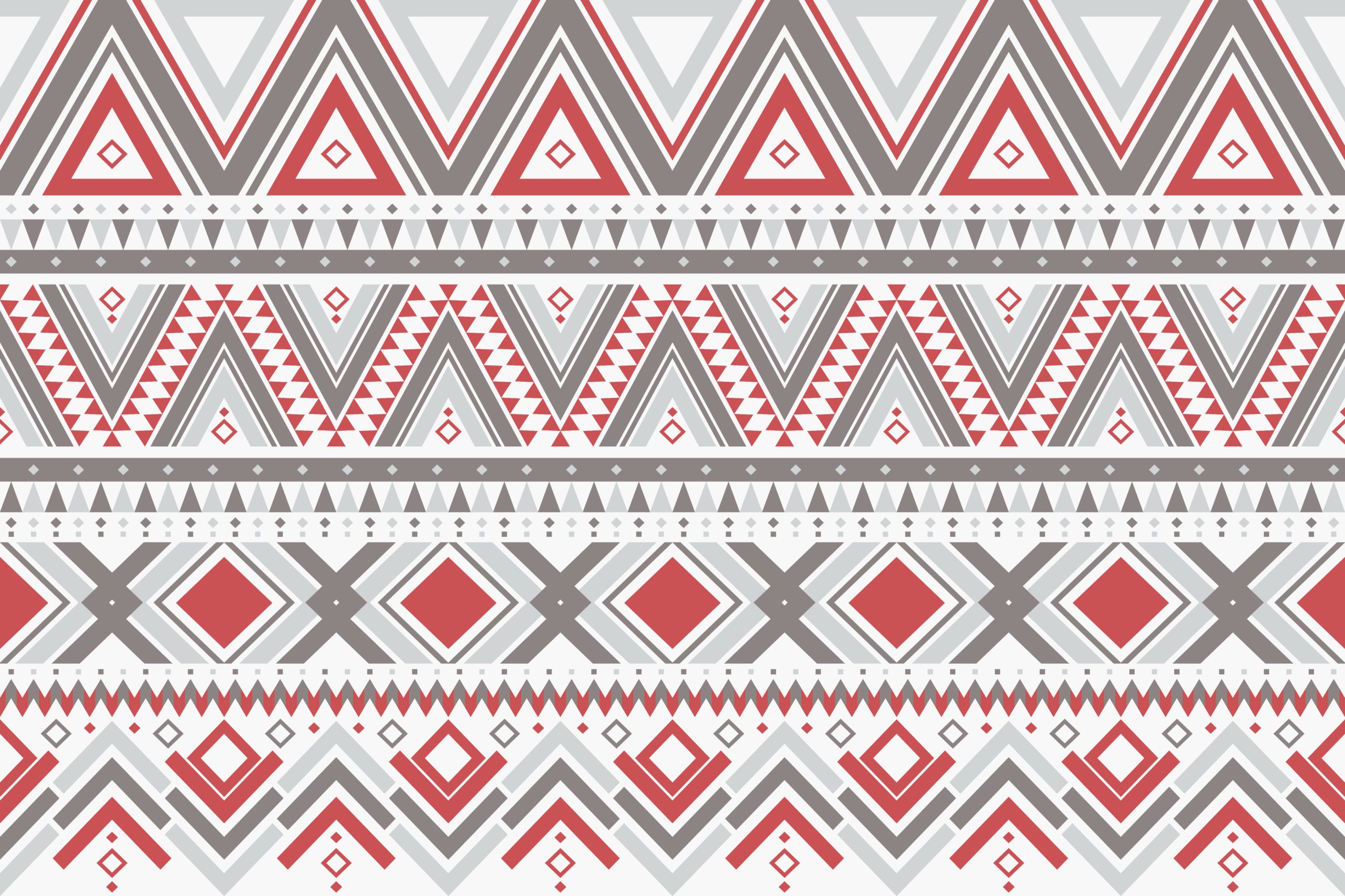Last updated on February 8th, 2025
Advice from women on what to wear in Ecuador
I lived, studied and worked in Quito for 4 years. I also worked in a rural area of the coast and have traveled extensively throughout the country. Here are my suggestions on what to wear in Ecuador.
When visiting Ecuador, it is important to consider where you will travel in the country and what sorts of activities you will engage in. Dressing for Quito and the central cordillera cities (highlands) is quite different from dressing on the coast or in the rainforest.
Quito is a relatively cosmopolitan capital city and has a cool, spring-like climate every day of the year (Cuenca, Loja, and Ambato are similar environments). Zip-off trekking pants, sandals, shorts, large backpacks and hiking attire of any sort will stand out sorely here. You won’t be going on safari in Quito, so don’t dress for it! Even if the majority of your trip will be adventure travel, it would be wise to have a pair of nice dark pants or jeans and some non-athletic shoes for any stopovers in cities. While you will see some Ecuadorian women in casual or sporting clothes, a foreigner wearing sneakers, a sweatshirt, jogging pants, a windbreaker-type jacket, etc. will be seen as a typical (read: unsavvy, pickpocket-target) tourist. Neat, business-casual dress will go a long way toward helping you navigate smoothly in Quito. A light jacket and/or sweater is a must since the city is cool in the mornings and evenings and can be downright chilly when it rains. Dresses and skirts are far less common for casual wear in Quito than in North America and Europe and even long or conservative styles are likely to garner “piropos” (comments and come-ons from men) on the street. Others might disagree with me on this point, but I don’t recommend packing a dress or skirt unless you plan to attend a special event (wedding or the like). Muster up your self-esteem and bring well-fitting tops, pants and jeans; baggy clothes, particularly baggy pants, are not a common style in Quito.
On the warm and steamy pacific coast, tight-fitting clothes go to a whole other level! Dressing in Guayaquil and in other warm parts of the country is far less conservative than in Quito. Here sleeveless and strappy tops, leg-baring skirts and shorts, sandals and other tropical styles are common. That said, a particularly light-haired, light-skinned woman might prefer to bare a little less skin to reduce unwanted attention.
If you are bound for the Oriente (Amazonía, rainforest), serious hiking in the Andes, Galapagos island-hopping or mucky adventures on the coast, then some more technical gear is appropriate (but I repeat, PLEASE don’t wear it around in Quito). Solid footwear, reliable raingear and quick-drying breathable clothing will help you to be comfortable. Keep in mind, though, that your Ecuadorian guides will likely be wearing simple jeans, t-shirts and rubber boots, so no need to impress. In fact, sticking to basics is a good idea everywhere. The key to dressing well as a foreigner in Ecuador is to look good without a lot of opulence: inexpensive jewelry, simple accessories. A basic handbag or shopping bag will blend in well in the city. Save the daypack for rural excursions and leave the Gucci at home.
Ecuador is a beautiful and welcoming country for visitors. While not all of us can blend in as ecuatorianas, dressing like them can help us to be taken seriously, avoid being targeted for manipulation or unwanted attention and enjoy all of the wonderful things the country has to offer.
Cheri, Worcester, United States







Very helpful, my dear.
Thank you.
Thank you!!